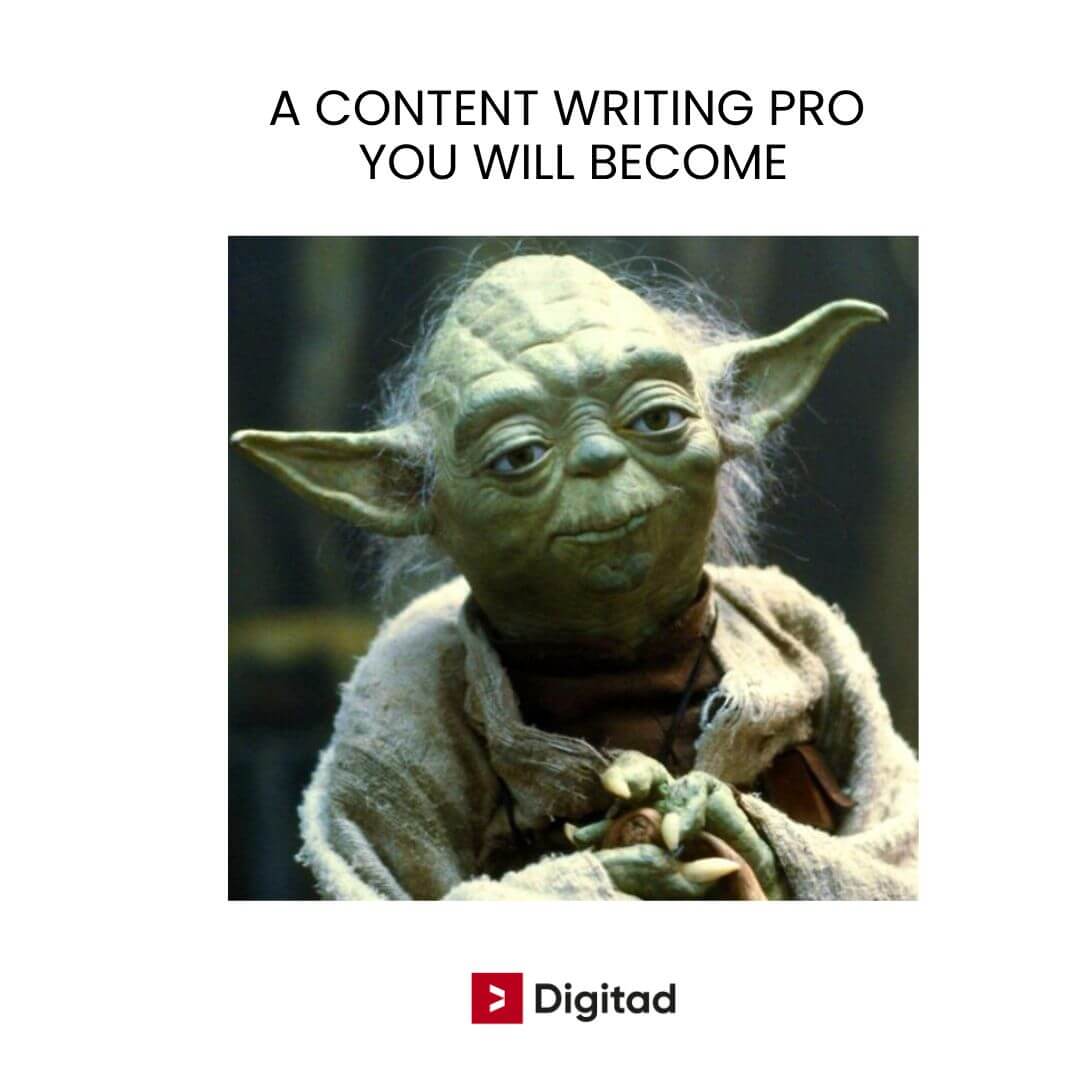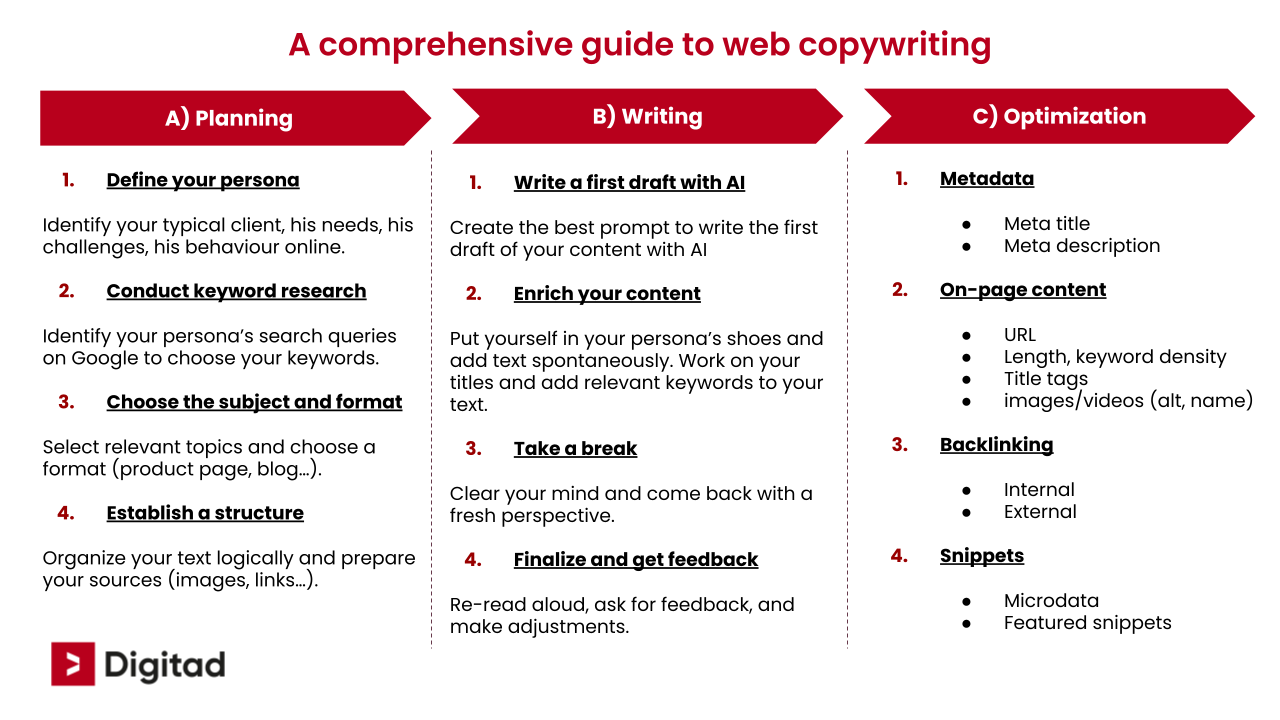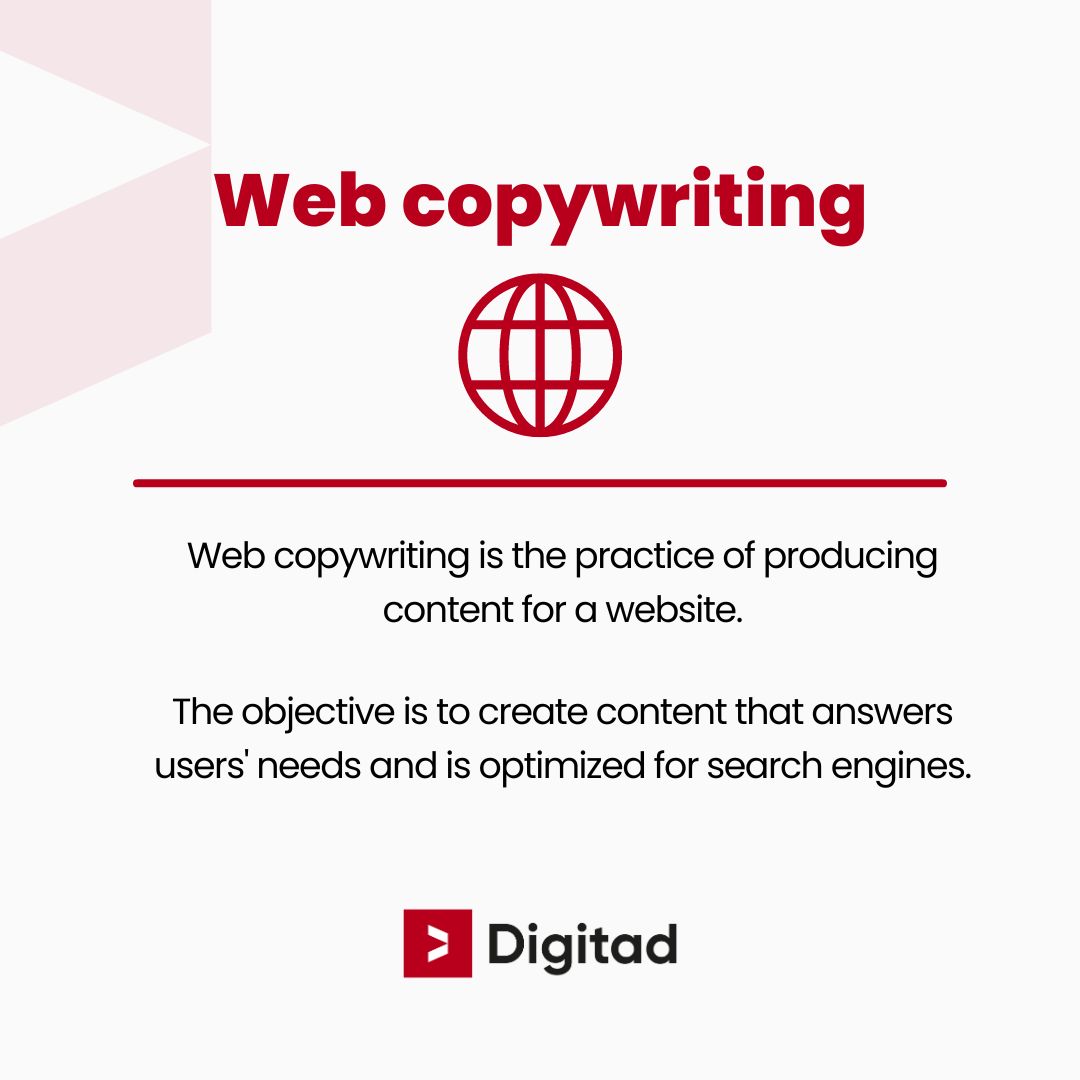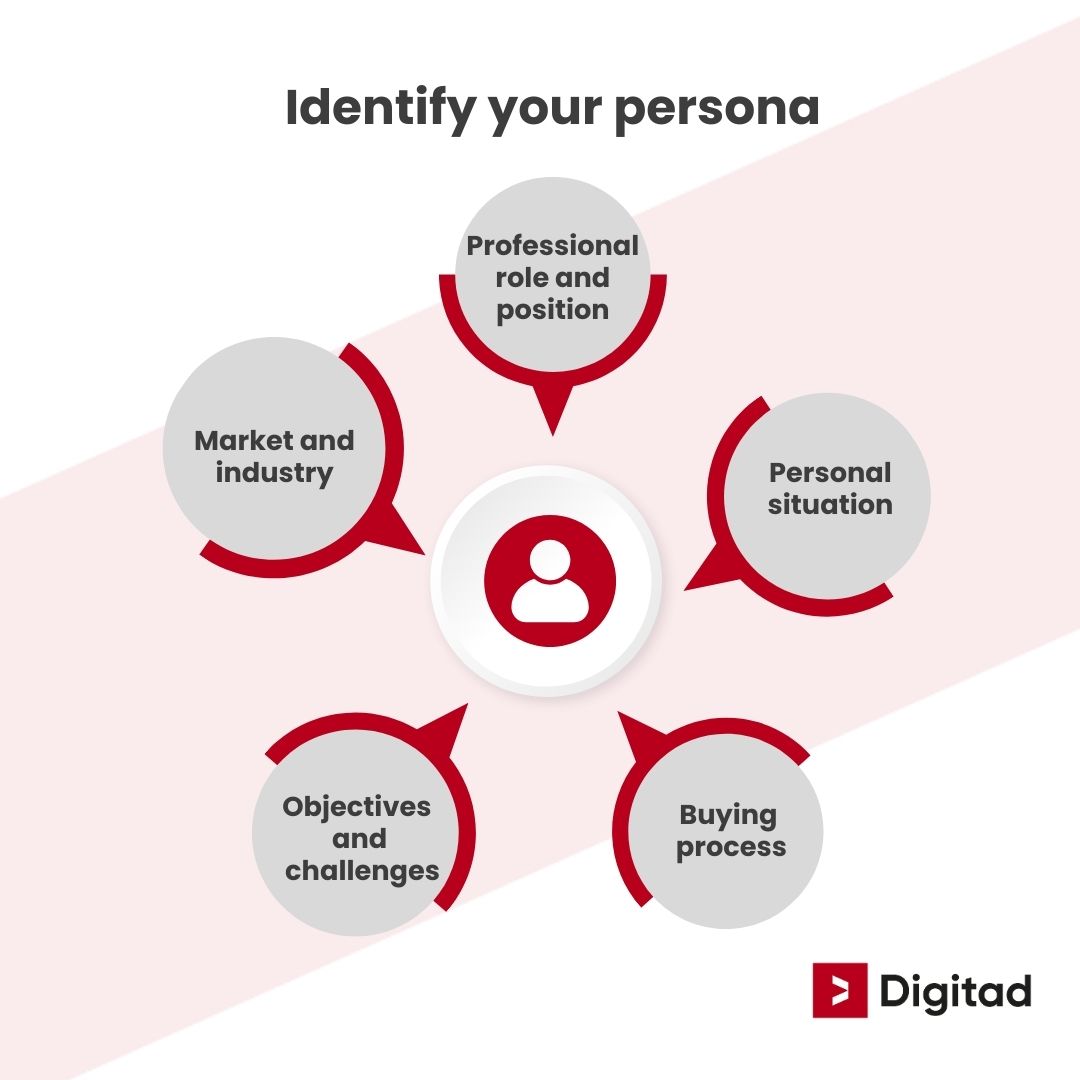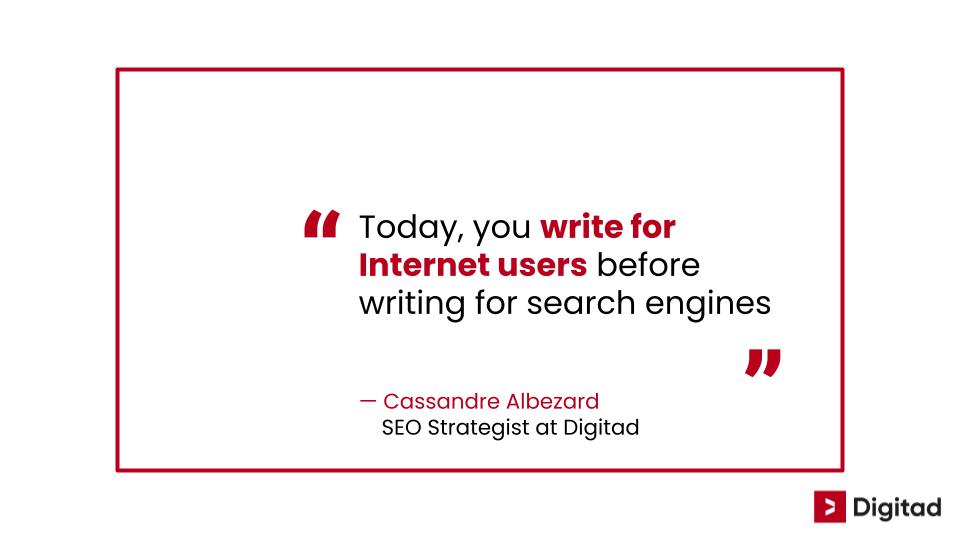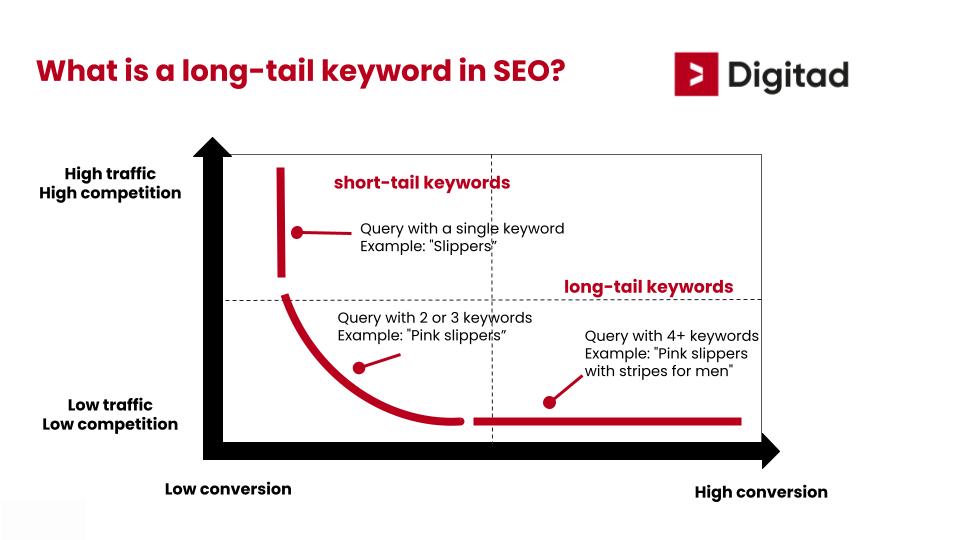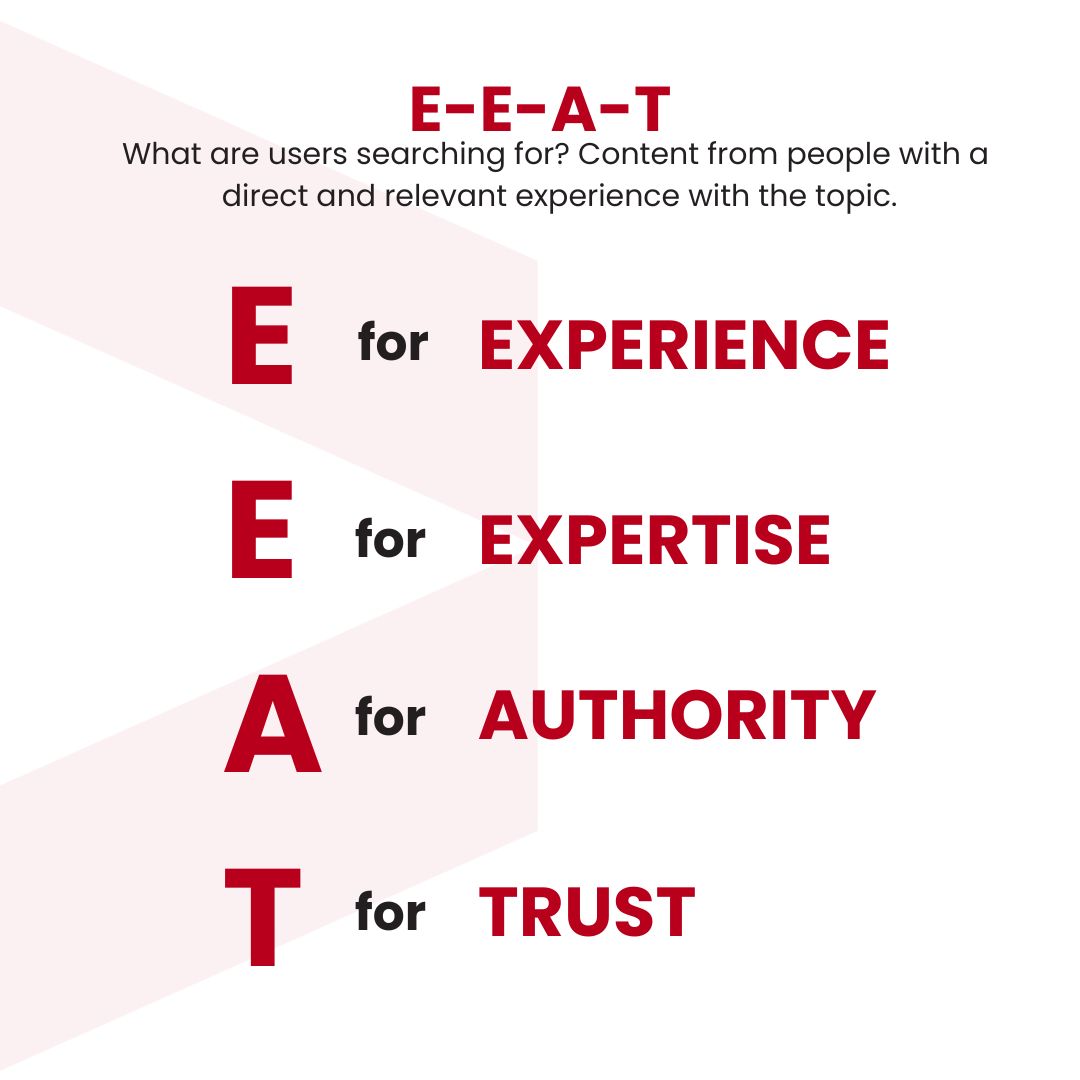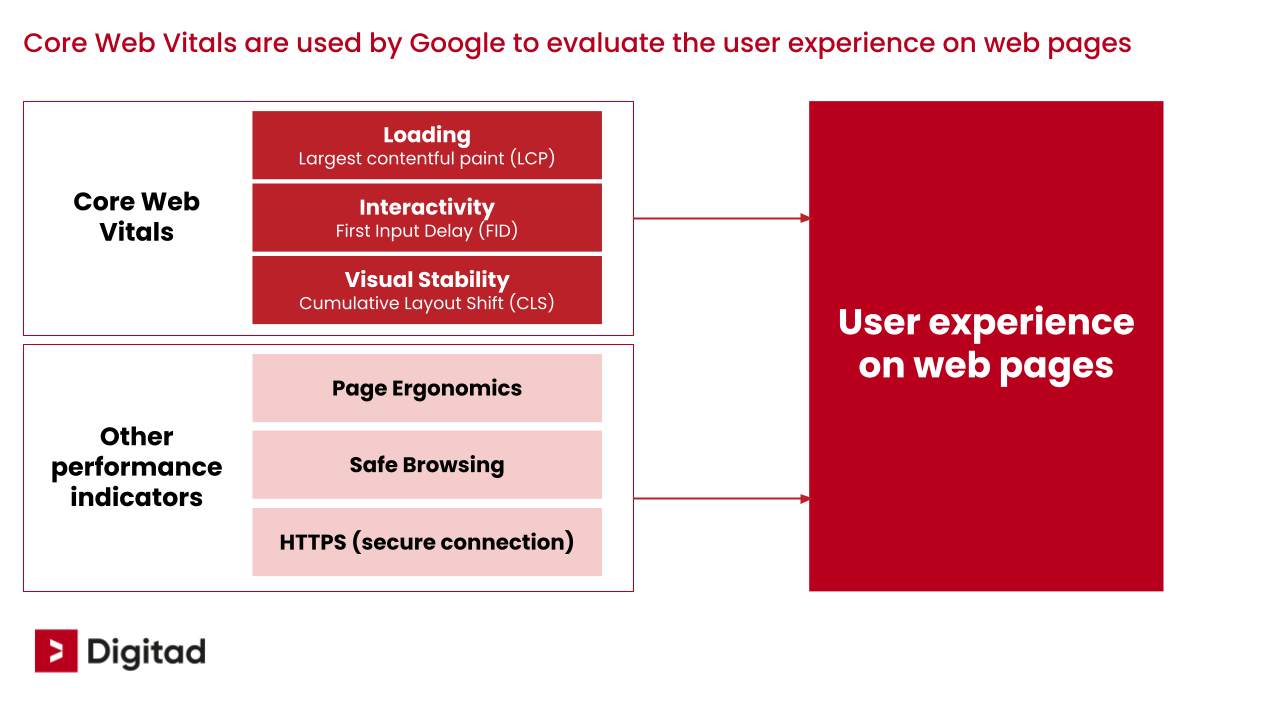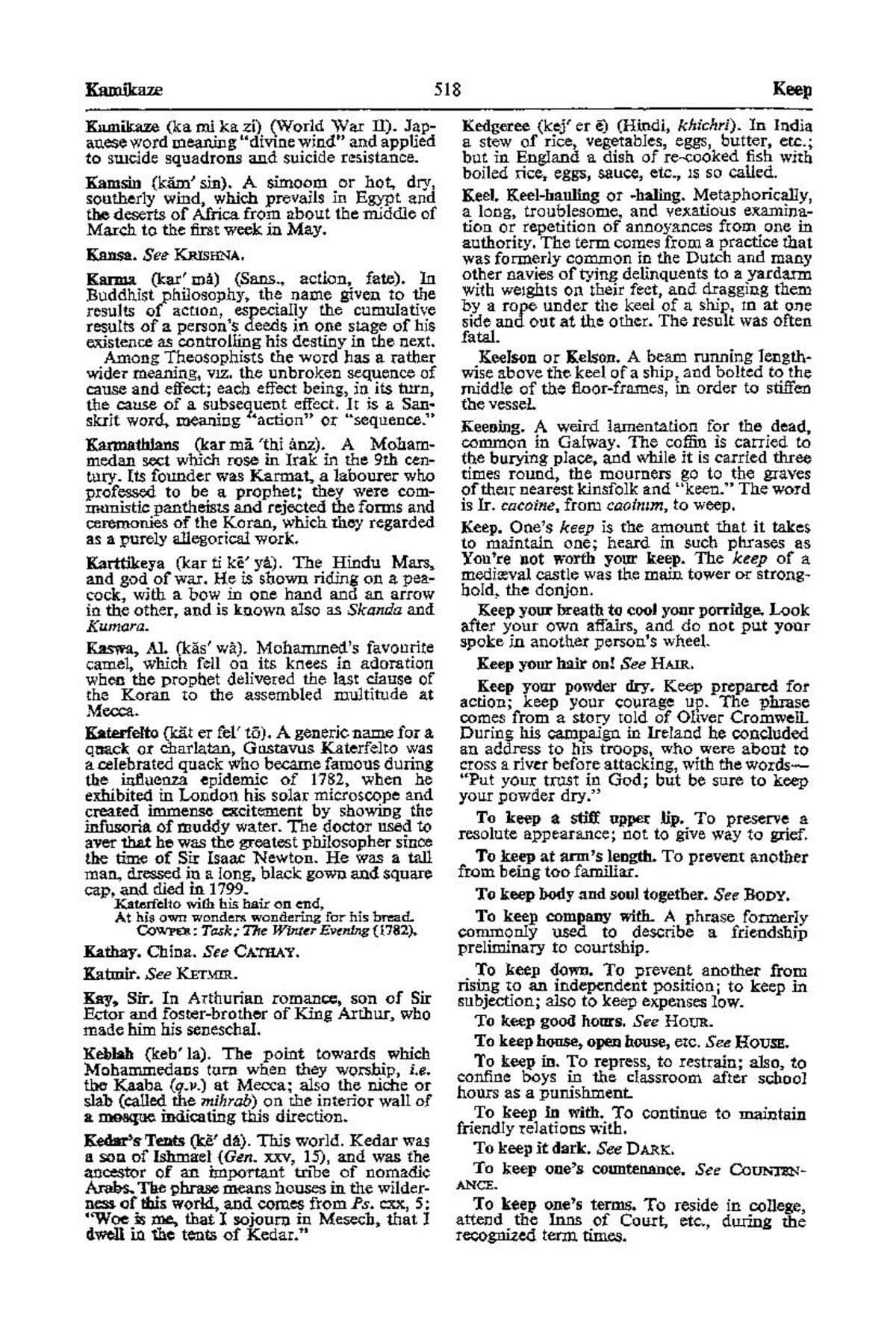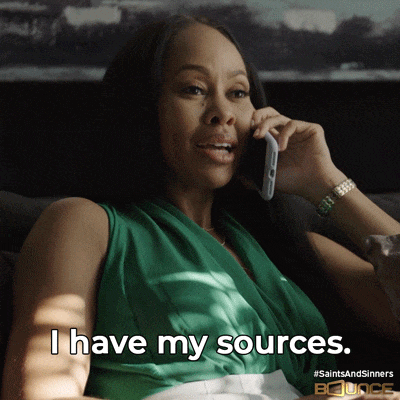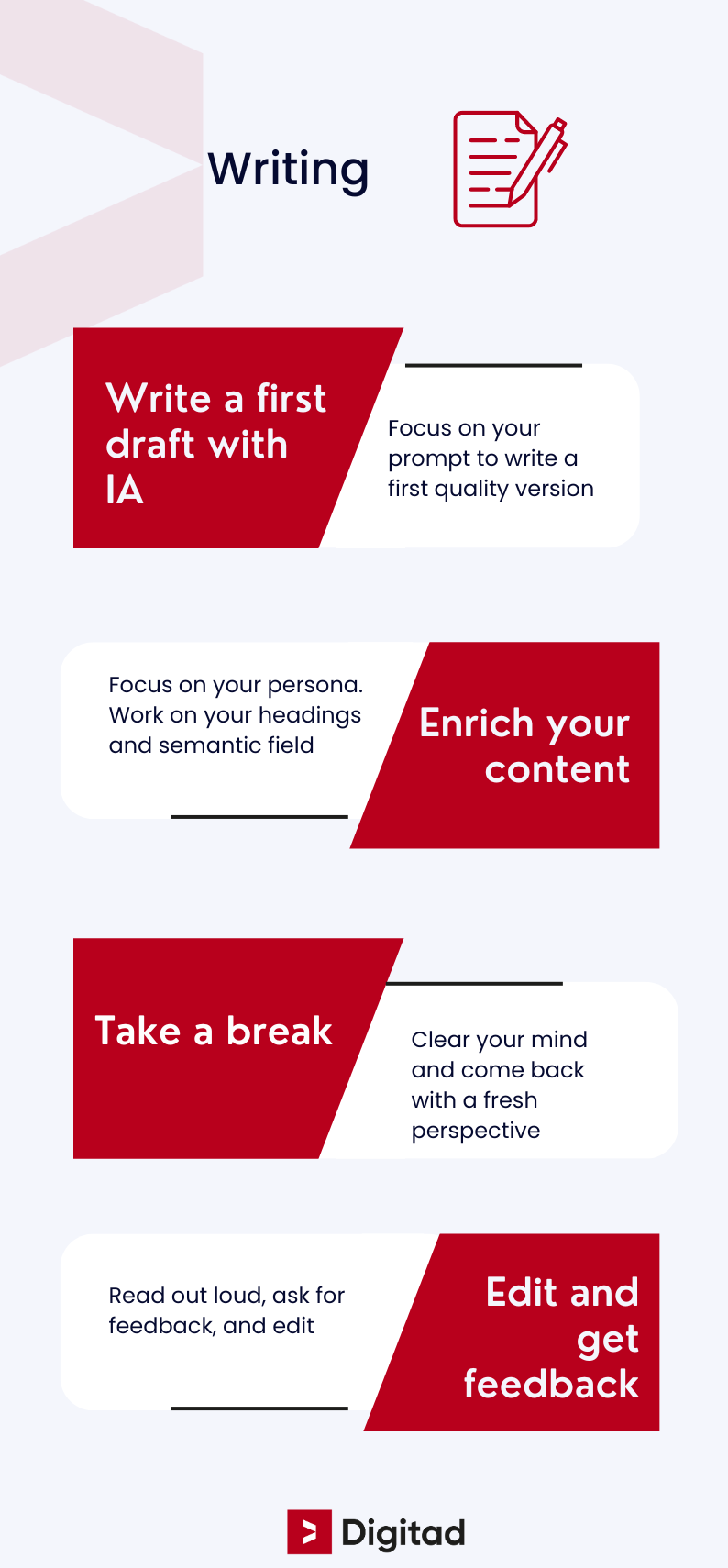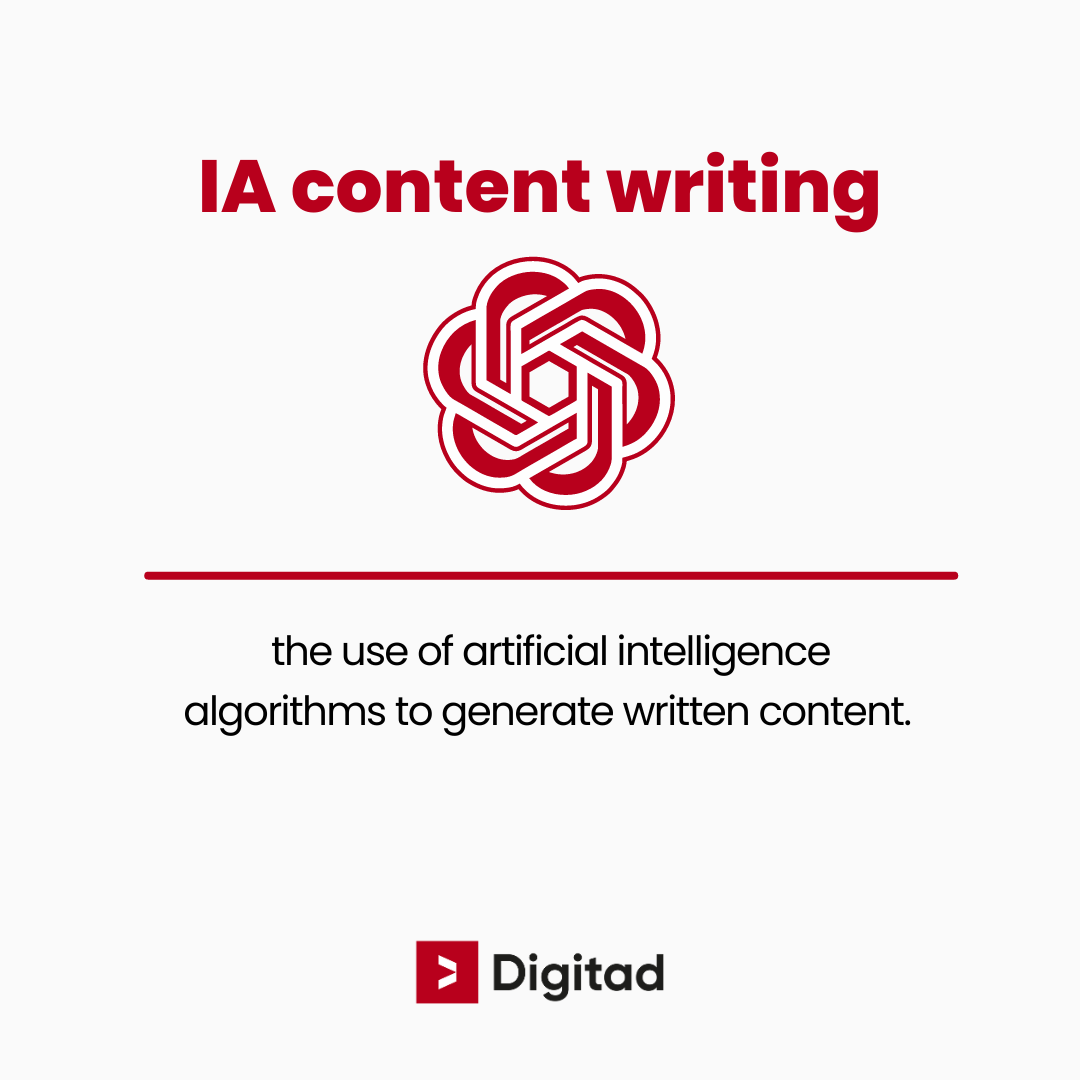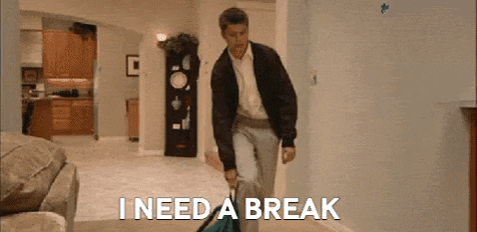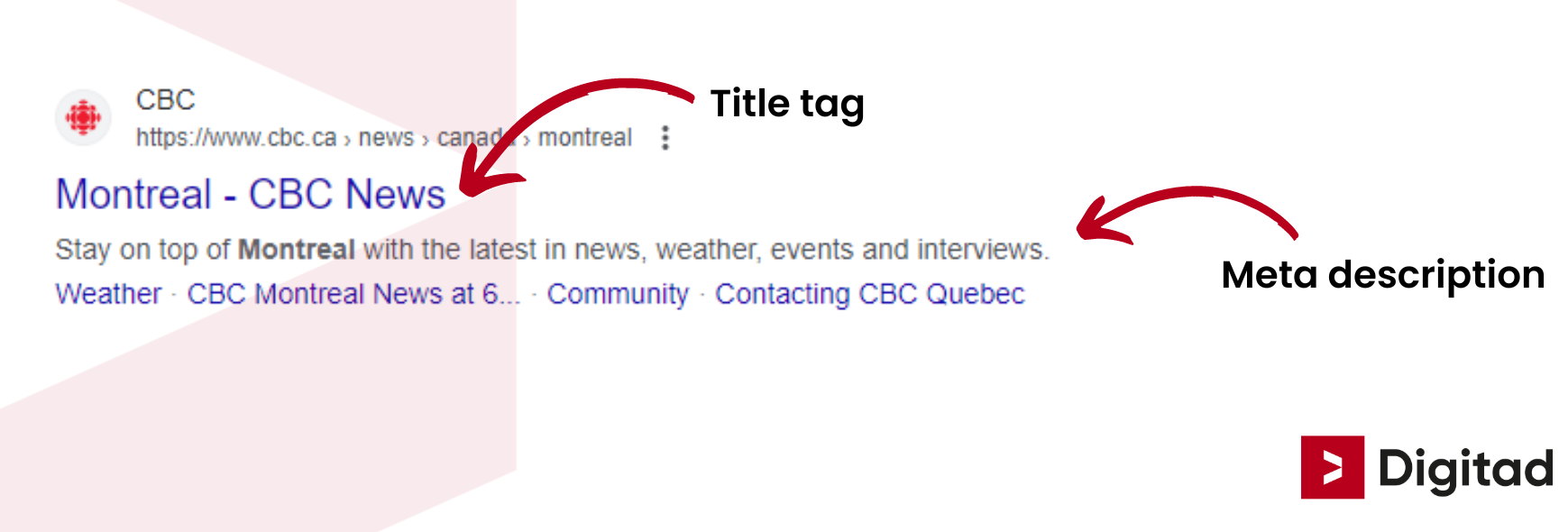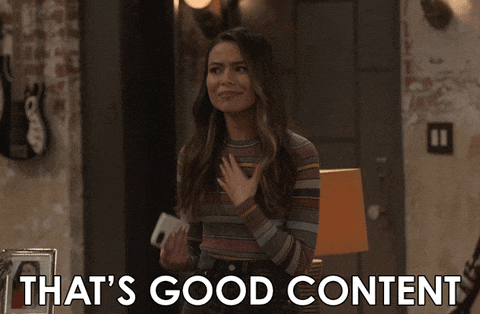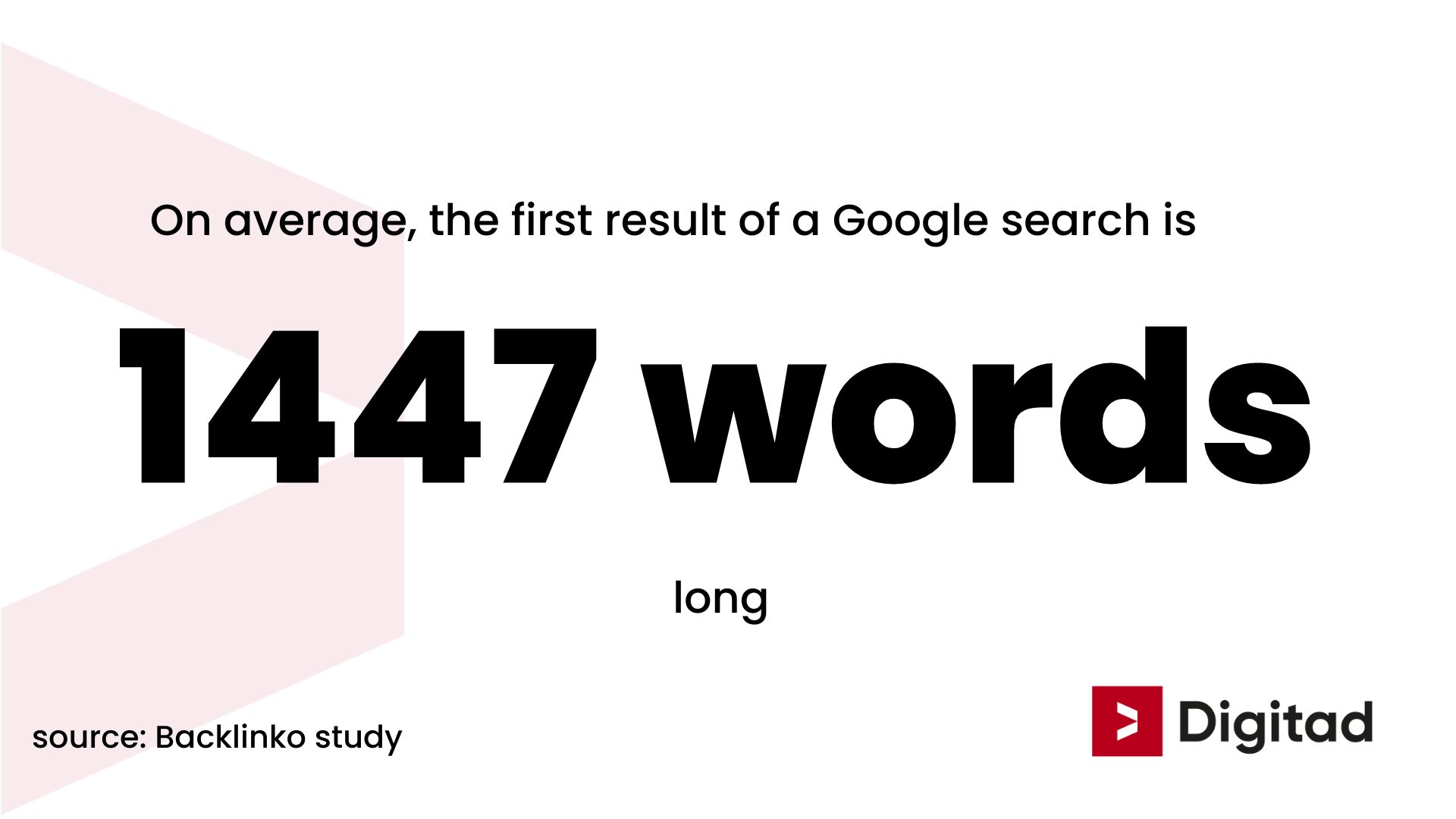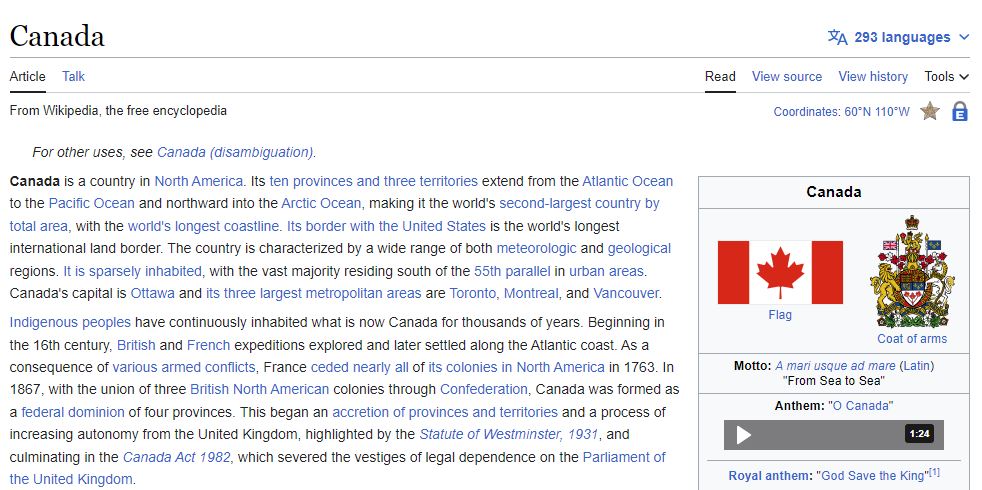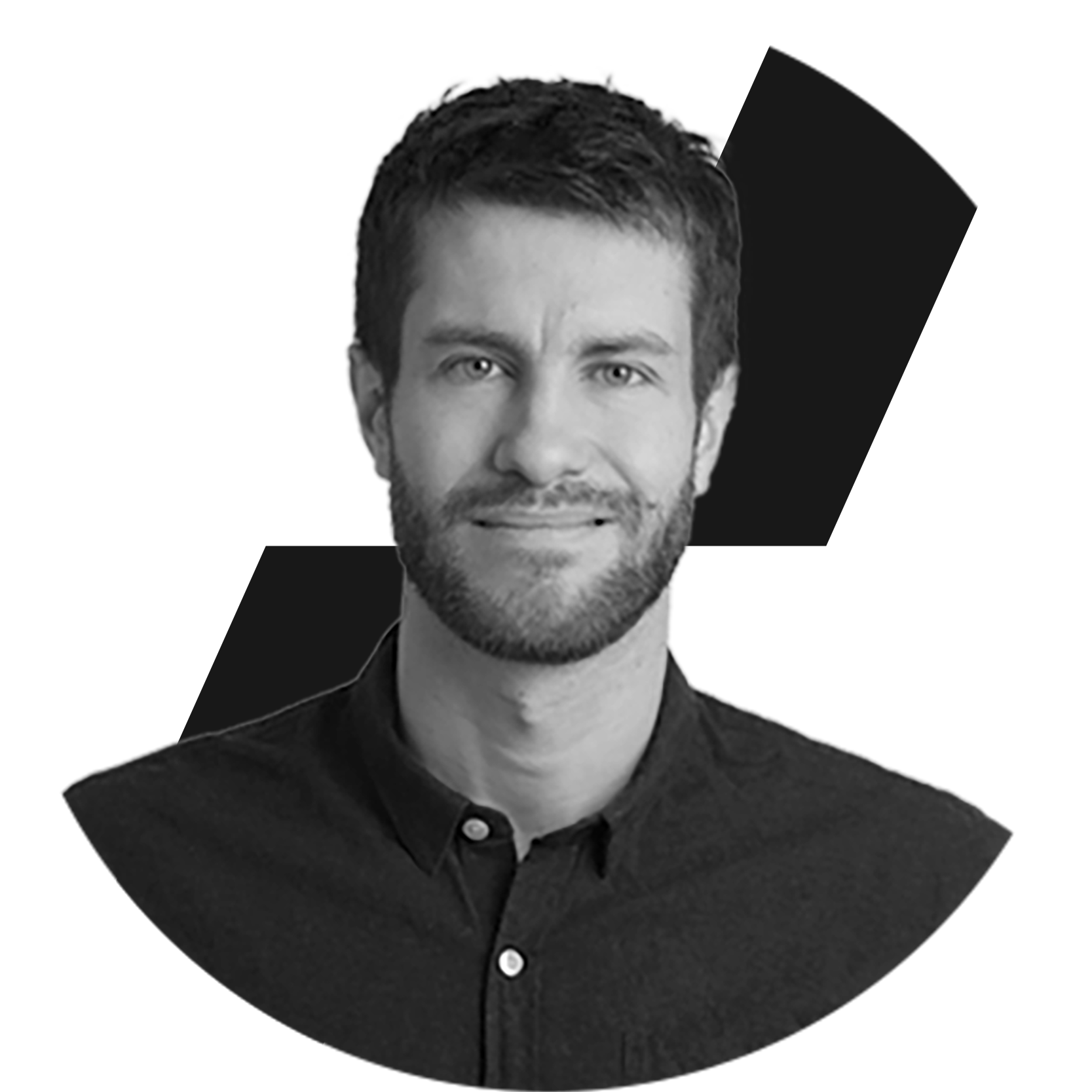Sommaire
- What is content writing?
- 1. Preparing for SEO content writing
- 2. Time for content writing!
- 3. 10 best practices for optimized SEO content writing
- 1. Optimize your SEO title (a.k.a. meta title)
- 2. Optimize your meta description
- 3. Optimize your page’s URL
- 4. Optimize your content (length and keyword density)
- 5. Optimize your headings and subheadings
- 6. Use internal linking
- 7. Use external linking
- 8. Optimize images
- 9. Add structured data
- 10. Keep featured snippets in mind
- Summary table of SEO content writing best practices
- It’s now your turn to write great SEO content!
Is your content visible on search engines? And if visible, is it engaging enough to convert your visitors into clients? If your answer to both these questions isn’t “yes”, it’s time to learn SEO content writing from a SEO agency in Montreal.
Great news, this article is just what you need 😉.
Our complete guide to web content writing answers the following questions:
- How to write proper web content in 2024?
- How to target your potential customers’ needs in your content?
- What is AI content writing?
- How to write engaging, high-quality content on the internet?
- How to optimize content to make it visible on search engines?
- How to do SEO content writing?
The content writing process unfolds in three main steps:
Before we dive into our guide and transform you into a content writer, let’s review the basics:
What is content writing?
Web copywriting, also known as SEO content writing, is all about creating effective and targeted content based on your audience’s needs. SEO content writers optimize their texts with technical elements that make them more visible on search engines.
Write for both your readers and robots
When Google’s robots go through your website’s pages, they analyze several elements such as the keywords in your titles, paragraphs, image attributes, URL… Google tries to understand exactly what your page talks about. This way, Google knows which search queries should bring your page up in the search results.
SEO content should therefore be written for humans, but also respect search engines’ ranking criteria.
SEO content writing is the core element of your content strategy
SEO content writing should be a key part of your content strategy, your SEO strategy, and more generally, your digital marketing strategy.
If you are interested in writing optimized articles for your website, take a look at our SEO packages!
1. Preparing for SEO content writing
Before thinking about search engines, algorithms, and keywords, let’s focus on the core element: your reader.
Who are you writing for? That’s the first step of successful content writing.
1. Define your persona
To write relevant, targeted, and effective content, you must identify your target audience or persona.
Neil Patel calls it a “customer avatar”
2⃣ Develop a customer avatar: You also need to know who your reader is, what they like, and why they’re on your site.
— Neil Patel (@neilpatel) September 14, 2021
What is a persona? Your persona is a fictional representation of your ideal client. This representation is based on criteria such as your client’s industry, demographics (age, marital status, revenue), and online behavior.
How to create your persona for SEO content writing?
Define the 5 following points:
- Market and industry: B2B, B2C, business size, revenue, country
- Professional role/position: Skills, status, working conditions
- Personal background: Age, marital status, education
- Objectives and challenges: Personal and professional, their definition of success
- Buying process: Favorite methods of consumption, information sources
For this article, our persona’s name is Andrew. He is a 35-year-old entrepreneur in Montreal’s West Island. Andrew is a Honda Civic fan and has two kids, both in future hockey hall-of-fame (hopefully).
He wants to learn more about content writing, as he’s realized digital content marketing could help him grow his business and buy his ski house in Tremblant.
Today, you write for internet users before writing for search engines. This means persona definition is a critical step. The better you define your persona, the better your chances of creating relevant content, targeted to their specific needs, and with the right tone.
2. Conduct keyword research
Now that you’re acquainted with your typical reader (Andrew), you must understand the way he searches for information on search engines.
A keyword study takes into account the language and location of your target audience, and aims to identify all relevant Google searches related to your products or services, along with their search volumes.
To do so, you can use tools such as Google Trends or Google Keyword Planner. Once completed, a keyword study looks like this:
Excerpt from a Keyword study on Excel
It’s now your turn (or your content writing agency’s turn) to identify the most relevant keywords for your website’s product pages or blog posts.
Analyze the user search intent
You must understand the search intent behind a keyword. For example:
- The search “SEO writing Montreal” suggests the user is looking for content-writing services
- The search “examples of content writing” suggests the user is looking for information or tips about the discipline
Watch out ⚠️: don’t rely only on search volume to measure a keyword’s relevance! Longer, more specific keywords (known as “long-tail” keywords) aren’t searched as frequently, but they express a need that is more qualified and easier to target in your text.
On top of that, long-tail keywords are often less competitive so it’s easier to rank for them!
3. Choose your content type
We mentioned product pages and blog posts in the previous step. Let’s come back to it. You can choose between two types of content for your website:
- Blog posts: to discuss news or offer a tutorial (for example)
- Main pages (or service pages): to showcase the products or services your business offers
Blog post examples
You’re probably more familiar with this format because you consume this type of content on a daily basis.
Here are some examples of blog article titles:
- “10 tips to become more productive at work”
- “The benefits of meditation for mental health”
- “Simple daily habits to develop your creativity”
- “10 content writing tips”
Service page examples
- A commercial cleaning enterprise can have a service page that showcases the different types of cleaning services offered. For example: office, store, or restaurant cleanings
- A law firm can have a service page that showcases its different practice areas. For example: commercial law, family law, property law
- A software development enterprise can have a service page that showcases the different types of software offered. For example: mobile apps, customized software development, e-commerce solutions
4. Plan your structure and your sources
Now you know that you’re writing for Andrew, and you know what he’s interested in. To finalize your preparation for website content writing, you should establish your text’s structure and gather reliable sources.
An essential step for EEAT
This step is more critical than ever in 2024 , with the growing importance of concepts such as EEAT SEO:
- Experience: prove that you have first-hand experience with the subject discussed
- Expertise: offer superior quality content to users
- Authority: be recognized as an established authority figure, mainly through links and mentions
- Trust: be well-perceived by internet users (mainly through customer reviews) and offer maximum transparency on your organization, its sources, and its modes of operation
Superior quality starts with a good structure. It will encourage users to stay longer on the page, which is beneficial for your organic rankings.
A coherent structure to make your website content writing understandable
A coherent structure makes the text easier to read and the information easier to digest. It also helps Google understand your content’s main points, which helps its ranking.
Structure is a crucial element of your SEO content writing. In concrete terms, it shouldn’t look like this:
You should establish a logical structure with paragraphs and subheadings. For example, you could organize your subsections along the following lines:
- Topics
- Order of difficulty
- Chronological order
- Order of popularity
Don’t overlook your sources
Your sources are essential. Relevant information on the topic you discuss probably exists somewhere. Take advantage!
Make sure you use at least one or two reliable sources (universities, governments, etc.).
An article or a page that’s backed with credible sources has more value from both the user’s and the search engine’s perspective.
2. Time for content writing!
That’s it, you’re ready to get started with content writing! If you’re well-prepared, according to Yoast SEO, the actual writing process shouldn’t take more than 20% of your time (with 40% for preparation and 40% for optimization).
1. Draft your initial content with ChatGPT or Bard: a new era in Web writing
What is AI content writing?
AI content writing refers to the use of artificial intelligence algorithms to generate written content. These algorithms are trained on vast datasets, enabling them to produce text that can be coherent, contextually relevant, and sometimes even indistinguishable from human-written content.
How does It work?
AI writing tools like ChatGPT and Google Bard utilize machine learning models to understand the nuances of human language. You provide a prompt or an outline, and the AI generates text based on that input. The more specific your instructions, the more aligned the output will be with your objectives.
ChatGPT and Bard are like your tireless co-writers in the realm of web content creation. They can generate quality text at the click of a button (and for free).
Generate the perfect draft for you with AI
One of the most compelling aspects of AI content writing is its adaptability. Whether you need blog posts, product descriptions, or even technical articles, AI writing tools can be configured to meet these diverse requirements and follow your tone of voice.
Provide an overview of your article’s subject, the tone you’re aiming for, and the page where it will be featured. This helps the AI tailor the content to align with your editorial voice.
Experimentation
Don’t hesitate to play around with various styles and tones. ChatGPT is versatile enough to meet diverse requirements.
A word of caution
⚠️ Always review the generated text. It’s crucial to remember that artificial intelligence can make mistakes and disseminate incorrect information.
Best Practices for content writing with ChatGPT
| Best Practices for writing with AI |
Prompt example |
| Clearly Define the Subject ✅ | “You are a web writer working for my gym based in Toronto. Write an article on the mental health benefits of yoga.” |
| Specify Tone and Style ✅ | “Write a friendly introduction for a blog on vegan cooking.” |
| Request an Outline ✅ | “Provide me with a structure for my ‘Solid Shampoo’ page, complete with headings and subheadings.” |
| Ask for Specific Points ✅ | “List five pros and cons of solar energy, using a neutral tone.” |
| Include Calls to Action ✅ | “Create a concluding paragraph that encourages readers to subscribe to my newsletter.” |
| Engage the Reader with Questions ✅ | “Draft three questions at the end of the article to stimulate comments and shares.” |
| Integrate Keywords ✅ | “Write a 150-word summary on climate change, using the keywords ‘sustainable,’ ‘carbon emissions,’ and ‘energy transition.'” |
Each prompt is designed to give ChatGPT all the necessary guidelines to produce content that meets your needs. Think of it as handing a recipe to a chef; the more precise you are, the better it tastes.
Web writing isn’t just about words; it’s also a technological endeavour. With tools like Google Bard and ChatGPT, you can elevate not just your efficiency but also the quality of your content. 😉
2) Refine Your web content writing
Your initial web content draft is a raw diamond. Before optimizing it for search engines, let’s carve it a bit more.
For this step, forget about search engines and focus solely on your persona’s (a.k.a. Andrew) needs. Before you get started with your website content writing, think about the following statistics:
- The average Internet user has an 8-second attention span. That’s less than a goldfish (9 seconds)
That’s right, internet users are in a hurry, impatient, and demanding: they get thousands of results for a single search. So they won’t think twice about quitting your page if they don’t like its content!
3 tips to write goldfish-friendly SEO content 🐟
Our tip to adapt your content writing to goldfishes: the 3 Cs. To write properly for the Internet is to be:
- Clear: straight to the point (no litotes, synecdoches or anaphoras!)
- Consistent: one sentence, one message
- Concise: maximum of 20 to 25 words per sentence
Use the active voice
Here’s a great tip to write clearly and be straight to the point: use the active voice and avoid the passive voice.
Passive voice: The cake was baked by Mary.
Active voice: Mary baked the cake.
Illustrate your text
Another great way to maintain your reader’s attention is to include a lot of images. People get scared when they see a giant wall of text. Images give them little resting points between manageable chunks of text. The great content strategist Neil Patel agrees.
3⃣ Break up the text: People have short attention spans. Break it up with plenty of headers and images.
— Neil Patel (@neilpatel) September 14, 2021
Adopt a style that is close to spoken language
People are in a hurry. Good content writing in 2024 should be simple and sound like spoken language.
Indeed, with the explosion of vocal search, it’s now critical to write SEO content that “speaks” to users.
Google is now able to identify the most relevant content for even the longest and most unstructured voice queries.
Writing blog posts that sound natural is critical if you want to rank for your potential customers’ voice searches. These days, people with strong content-writing skills don’t sound like Shakespeare.
Stand out from AI content writing
The Internet is now full of well-written AI-generated content. A professional tone is not enough anymore.
Adding a touch of humor and making references to pop culture is a good way to stand out from the thousands of pieces of content published every day on the Internet.
Few tips to write the best content with IA
However, if you are going to use AI, give it a lot of instructions. AIs often have generic and bland styles of writing if you don’t give them a set of constraints.
- Give your machine a style guide ✅ For example: no passive voice, use bulleted lists, keep a consistent brand voice with the company website
- Give the AI (or content assistant tool) a role ✅ let the machine know who it should write as. For example: business owner, technical writer, experienced copywriter
- Always specify content formats ✅ social media posts, email newsletters, white papers, blog posts
- Also, specify marketing goals ✅ foster customer loyalty, drive conversions, provide information, and build awareness.
- And lastly, specify your audience ✅ your current customer base, mailing list subscribers, other professional content writers, prospective clients, the widest audience possible
This way, even if AI does a lot of work for you, you will stand out from typical AI-generated content, which is often generic, because the humans behind the machines generally don’t add guidelines.
2. Semantic fields and hooks: enrich your website content writing
Your first draft is a rough diamond. Before we optimize it for search engines, let’s cut it a little more.
Work on your semantic field
To write quality content for the Internet is also to help Google understand your page’s content.
In your content writing, include as many synonyms and words related to your primary keyword as possible. This will create a semantic cloud around it, like in the following example:
For search engines, a single word can have more than one meaning. Enriching your page’s semantics will help Google understand its context. This way, it will recommend your page to qualified users.
In addition, a semantic field will make writing easier and getting stuck less likely. Work on your hooks.
You want to convince Andrew to take certain actions that are valuable for you?
10 most converting words
SEO content writing is knowing how to engage your reader. And since we like to do most of the work for you, here are the top 10 most converting words on the Internet:
- Free
- New
- Exclusive
- Limited
- Right now
- Easy
- New version
- Improvement
- Free trial
- Customized
Unsurprisingly, these words fit the typical Internet user we previously described very well.
Internet users want fast, easy, and free content. And most importantly, they want their needs to be directly addressed (hence the importance of using the word “you”).
Keep these requirements in mind in your content writing, mainly to craft your titles and your catchphrases.
3. Take a well-deserved break
It’s hard to write proper website content without taking breaks. Downtime is essential in any creative process.
Your brain is an engine. And like any engine, it can overheat (except between December and March in Canada, which would be impossible).
Before reviewing your draft, press the pause button. Come back later to edit your writing with fresh perspective.
4. Revise your content and ask for feedback
Before moving on to SEO optimization, the last step in the content writing process is to revise your work.
How? Just carefully read your text again.
To review your website content writing, make sure you can answer “yes” to the following questions:
- Is my text free from speling mistakes? (oops) ✅
- Are my persona’s needs explicitly addressed? ✅
- Did I follow the intended structure? ✅
- Do my paragraphs flow in a logical order? ✅
- Did I respect the 3Cs? (tip: read it out loud!) ✅
Then, ask around for advice, ideally from a reader similar to Andrew.
You now have a fully fleshed-out content piece, ready for publication!
However, if you don’t want it buried on Google’s 1500th page (regardless of how talented of a writer you are), you may want to follow the last part of our content writing guide. These days, content writing skills are not only about writing beautiful prose. SEO expertise is often what distinguishes the specialist from the average content writer.
3. 10 best practices for optimized SEO content writing
This last step is content writing’s most technical aspect. We organized all optimization elements into only 10 best practices for SEO content writing:
- Optimize your SEO title
- Optimize your meta description
- Optimize your page’s URL
- Optimize your content (length and keyword density)
- Optimize your headings and subheadings
- Use internal linking
- Use external linking
- Add structured data
- Add structured data
- Keep featured snippets in mind
1. Optimize your SEO title (a.k.a. meta title)
In SEO content writing, the SEO title is the blue title that appears in Google search results. It’s also the page name written on web browser tabs.
How to optimize a meta title?
- Use the page’s primary keyword at the beginning
- Craft a 7 or 8-word title (around 65 characters maximum)
- Think of a catchphrase to get a good click rate
2. Optimize your meta description
A meta description is a short description of the page’s content that appears under the SEO title in search results. It has to include keywords the page tries to rank for and interesting information for users.
How to optimize a meta description?
- Use synonyms or terms within the keyword’s semantic field
- Do not go over 155 characters, or else your description will be cut short with a “…”
- Craft catchy phrases that include key information only
3. Optimize your page’s URL
The URL (Uniform Resource Locator, to impress your colleagues) is in your web browser’s search bar, right below the meta title that is written on the tab.
In a way, the URL is your page’s DNA. This means your organic search ranking directly depends on it!
How to optimize a URL for Search Engine Optimization?
- Include keywords
- Use-hyphens-to-separate-keywords
- Avoid long URLs
4. Optimize your content (length and keyword density)
On average, the first Google search result has 1 447 words. Does it mean your website will never reach the first position if you have around 1,000 words?
No. Content writing is not only about word count 😉
But keep in mind that according to Google, the longer the content, the more likely it is to provide relevant information, and therefore to be well-ranked.
What is the minimal length of an SEO-optimized piece of content?
For SEO, the minimum length is 300 words.
Over 700 words, your content starts to stand out according to Google’s criteria. Beyond 1200 words, your content can be seen as a truly relevant information source. Your strategy can very well include different content formats, but remember that long-form content works great for Google.
How to optimize an SEO content strategy?
- Use the primary keyword at the beginning of the first paragraph
- Keep a 1% to 2% density for your primary keyword (for example, 15 times for a 1000-word text)
- Use at least one secondary keyword
- Use as many words commonly associated with the keyword (semantic field) as possible
5. Optimize your headings and subheadings
In content writing, we refer to headings and subheadings as H1, H2, H3 (up until H6), just like in HTML.
For example, here you are in the fifth h3 of the “10 steps for optimized SEO content writing” h2.
Organizing your titles hierarchically helps Google understand what topics are covered in your text and what is their relative importance. Like in any text, where you could have a main section A with subsections A1, A2, and A3, then another main section B with its own subsections, etc.
You can organize your headings with your word processing software (title 1, 2, 3, etc.) or with an HTML editor (adding heading tags yourself).
How to optimize your headings for organic search?
“H1, H2 and H3 tags are like traffic signs when driving: they guide search engines by indicating the main points and organizing information in a clear and coherent way.”
– Cassandre Albezard, SEO Strategist at Digitad
- Begin your H1 with the primary keyword and use only one per page ✅
- Try to include at least two H2s per page ✅
- Use the primary keyword in at least one of your H2s (the first one, ideally) ✅
- Think of including secondary keywords in H2s and H3s ✅
Keep in mind that Google will consider the words in your headings to be the most important for your website’s organic ranking.
6. Use internal linking
In SEO content writing, internal linking is about adding links between different pages of a single website. There are two objectives:
- For users: make their navigation around your website’s pages easier
- For SEO: show Google your website’s hierarchical structure
Wikipedia is a great example of extreme internal linking (the blue links):
Pages on your website that get the most internal links are considered the most important by Google.
How to optimize internal linking for SEO?
- We recommend at least 2 to 4 internal links per page
- Do not link to “contact” or “client” pages
- Add links to the best-converting pages
- Include links only if they truly add value for the reader
- Insert links on keywords that are relevant to the page you link towards
7. Use external linking
External links redirect to another site. You create them to let your reader learn more about the things you discuss (a statistic, for example).
How to optimize external linking for SEO?
- Include at least one external link per page
- Make sure external links open in a new tab
- Prioritize quality sources (renowned blogs, government websites, etc.)
8. Optimize images
That’s an important tip for website content writing that helps with organic ranking.
SEO optimization of your website’s images has a direct impact on your search engine ranking. For e-commerce websites, this step is critical.
3 image attributes to optimize
In the same way, you have a last name, first name, and date of birth, an image on the Internet has 3 ID elements:
- The alt tag (text read by Google and search engines for visually impaired individuals)
- The file name (IMG9876545)
- The title (“our dog Toby”)
How to optimize images for SEO?
- Upload images with a maximum size of 50 to 100 KB to keep your website fast
- Insert your primary keyword in the alt tag and describe the image (e.g. “new roof installed by our company in Canada” for the picture of a roof)
- Use a synonym of your primary keyword in the file name
9. Add structured data
What is structured data?
Structured data is additional information a content writer gives Google.
It helps Google better understand your website.
For example, information such as “cooking time”, “reviews” or “calories” that you see in a Google search result for a recipe is structured data.
You can use plugins to implement structured data.
In WordPress, you can easily set up structured data with the “Rich Snippets” plugin. You can also manually code it into your HTML (follow the schema.org notation).
Structured data is only visible in search results.
No matter how you implement them, structured data won’t visibly appear on your website (they;re hidden in the code). You can create them for the following elements: recipe, service, product, app, event, individual, organization, music, video, or product review…)
10. Keep featured snippets in mind
A featured snippet is an information excerpt Google pulls from a website and displays at the top of the first search results page.
Generally, they appear as paragraphs (over 80% of the time), but they can also appear as tables or lists. Here’s a featured snippet that shows up on Google when we search “who is Canada’s prime minister”.
Position 0 = more traffic
Around 50% of the time, a featured snippet gives you access to “position zero”, before both paid and organic results.
What does it mean? A 10% traffic increase!
Featured snippets appear mainly for questions, definitions, or lists (recipes, instructions, etc.). Google also uses featured snippets to answer voice searches.
To create featured snippets, Google uses your website’s content. For example, it may pull a definition you wrote.
How to optimize featured snippets for SEO?
- To get a paragraph-type featured snippet: ask a question in an H1, H2, or H3, and limit your answer to 40-45 words
- To get a list-type featured snippet: include the subject in an H1, H2, or H3, then write a point list or a numbered list
Wait for your page to be well-ranked before trying to get a featured snippet
Keep in mind that only pages ranked within the first 20 Google search results can get a featured snippet.
Summary table of SEO content writing best practices
| SEO Content writing best practices | Poor practices |
Advice for SEO-optimized content writing |
| Write for your persona (identify your target reader’s needs) 🎯 | Write over-optimized content that is only directed at search engines | Identify your persona’s search queries to better understand his behaviour |
| Use simple and accessible language 😉 | Use professional jargon or technical terms without explaining them | Use relevant keywords in your text and your headings |
| Keep your sentences short (remember the 3Cs: clear, consistent, concise) 😎 | Write long and complicated sentences | Write content that is at least 300-word long for service pages and 1000-word long for blog posts |
| Structure your content with headings and subheadings (always write based on a plan) 👀 | Write a text with no structure or organization | Use heading tags (H1, H2, H3, etc.) to organize your text and include keywords |
| Use keywords your audience searches for 🔍 | Do keyword stuffing, thinking it will help your ranking | Avoid keyword stuffing and use long-tail keywords (less competition and more conversion opportunities) 🚀 |
| Cite your sources clearly and accurately ✅ | Copy-paste content without citing your sources | Avoid duplicate content which is a very bad signal to search engines ⚠️ |
| Use attractive visuals to illustrate your content 😍 | Use low-quality or irrelevant images | Optimize images for loading time (smaller than 100 KB) and optimize their attributes |
| Adapt your tone and writing style to your target audience 😄 | Use an inappropriate or offensive tone | Create quality content relevant to users (consider using a humorous tone 😉) |
| Craft catchy and relevant titles 🤩 | Use titles that are either deceptive or convey little information | Use keywords in titles, headings, and, meta descriptions, and make your titles original and catchy |
| Make it interactive for readers (fluid navigation, relevant linking) 🖱️ and also persuasive writing | Ignore your readers’ comments and questions | Create internal and external links to improve navigation |
| Measure your content’s effectiveness with analytics tools (Google Search Console, Google Analytics) 📈 | Omit tracking and measuring of your content’s performance | Track your traffic and your search engine rankings (if you’re in first position, you deserve to pop a bottle of champagne 🍾) |
It’s important to create quality content for users while keeping in mind SEO best practices.
If you want to develop your content writing skills, we have a dedicated online course. Don’t hesitate to contact us to subscribe to our content writing course in Montreal!
It’s now your turn to write great SEO content!
Congratulations on finishing our SEO content writing guide! You have now excellent writing skills and can perform an SEO content audit on your pages.
There’s no longer a reason for you not to get your business on the first page of Google! Grab your pen or keyboard and get ready to write your way to the top!
If you want to learn more about content writing and content performance, get in touch with our expert SEO content writers in Montreal 😍.

